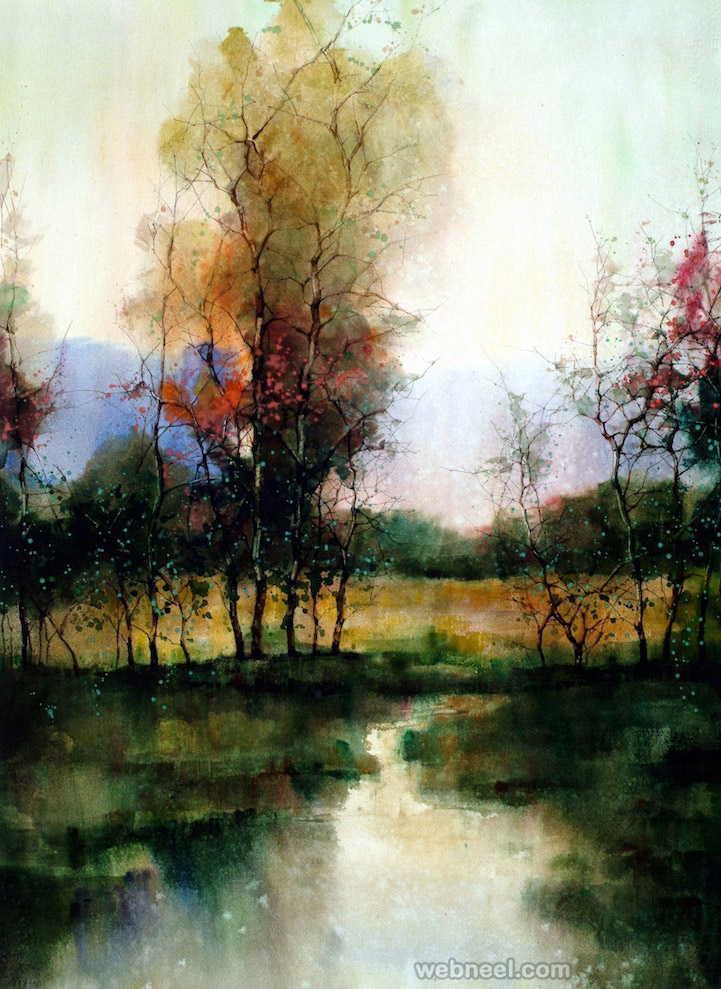
Explore the color wheel, complementary colors, analogous colors, and color temperature to understand how different hues interact with one another. Understanding Color HarmonyĬolor harmony is essential in evoking specific emotions and creating a cohesive artwork. Experiment with different placements of objects to find the most compelling arrangement. Consider principles such as the rule of thirds, leading lines, and balance to create a well-balanced and visually pleasing composition. Composition GuidelinesĬomposition refers to the arrangement of elements within the painting. These elements contribute to the overall harmony and impact of the artwork. Mastering Composition and Color TheoryĬreating a visually appealing canvas painting involves mastering composition and color theory. Artists can incorporate elements like collage, found objects, and various mediums to add depth and visual interest to their canvas paintings. Mixed media painting combines different materials and techniques to create unique and textured artworks. This technique requires a delicate touch and careful control of water-to-pigment ratios to achieve desired results. Artists use watercolor pigments mixed with water to create washes of color. Watercolor painting is known for its luminous and translucent effects. Oil paintings often have a classic, timeless feel. Artists use oil paints, which have a slow drying time, allowing for more extended workability and smoother transitions between colors. Oil painting is a traditional technique renowned for its rich colors and blending capabilities. Acrylic paints can be diluted with water or acrylic mediums to create transparent washes or thick impasto textures. It dries quickly, allowing artists to layer colors and make modifications easily.

Let’s explore some popular painting techniques used by artists worldwide: Acrylic PaintingĪcrylic painting is a versatile and beginner-friendly technique. Exploring Painting TechniquesĬanvas painting encompasses various techniques, each offering a distinct visual effect. Use a pencil or charcoal to lightly sketch the main elements of your painting, ensuring the proportions and placement are accurate. Sketching the DesignĬreating a preliminary sketch allows you to plan your composition and layout before applying paint to the canvas. The primer also prevents the paint from seeping into the canvas fibers. Begin by applying a primer or gesso to the canvas surface, which helps create a suitable surface for paint adhesion. Properly preparing the canvas sets the foundation for a smooth painting process. There are various options available, including stretched canvases, canvas panels, and canvas pads, each with its own unique characteristics.

Consider factors such as size, texture, and durability when choosing your canvas. Selecting the right canvas is vital for a successful painting. Some of the essential items include brushes of different sizes, paints (acrylics, oils, or watercolors), a palette, palette knives, a canvas stretcher, and a drop cloth to protect your workspace. Essential Painting Tools and Materialsīefore diving into canvas painting, it’s crucial to gather the necessary tools and materials. The texture of the canvas adds depth and character to the artwork, enhancing its visual appeal. It provides a sturdy surface that can withstand various painting techniques and mediums. Canvas, traditionally made from linen or cotton, is the foundation for any canvas painting.


 0 kommentar(er)
0 kommentar(er)
